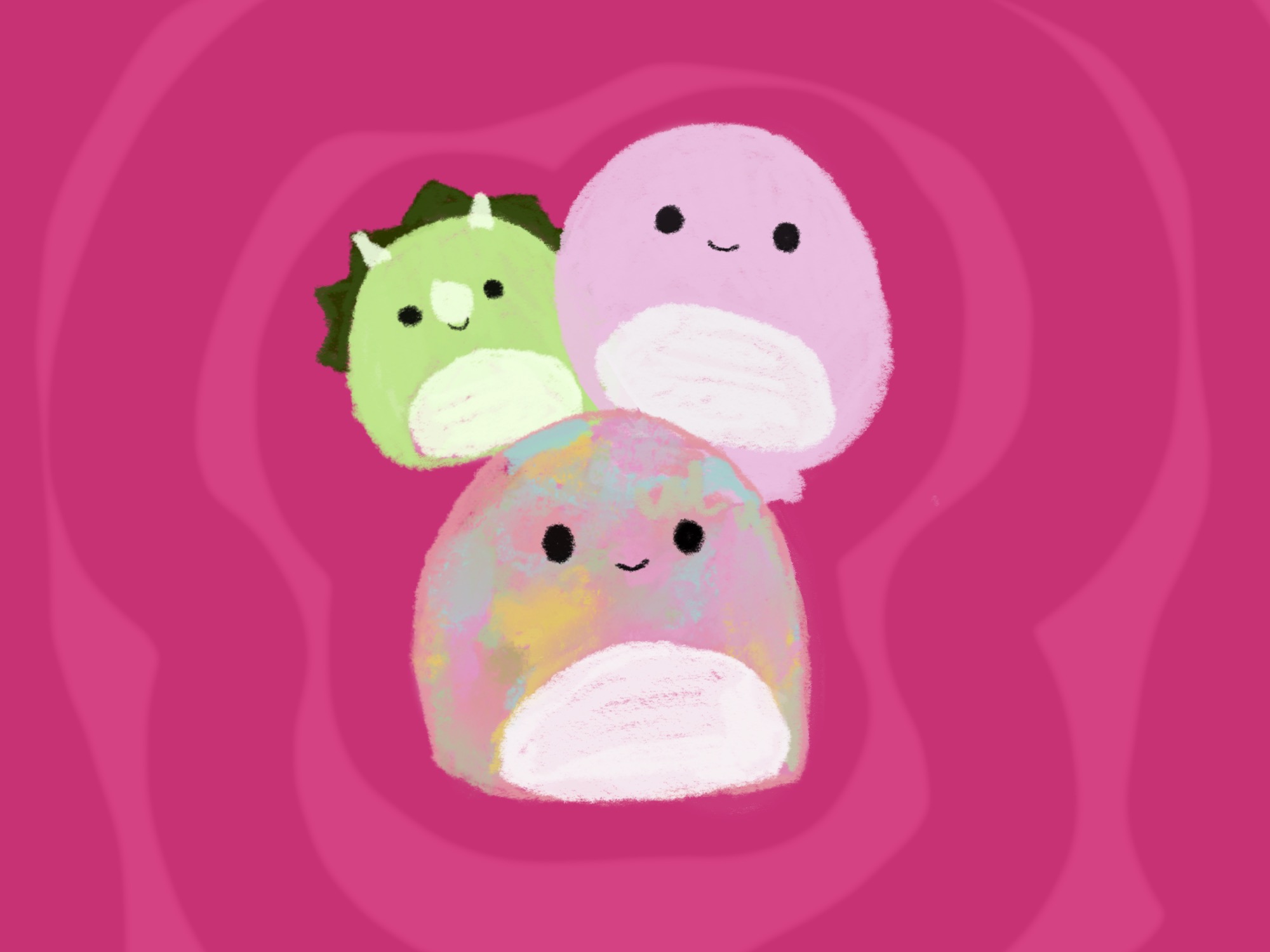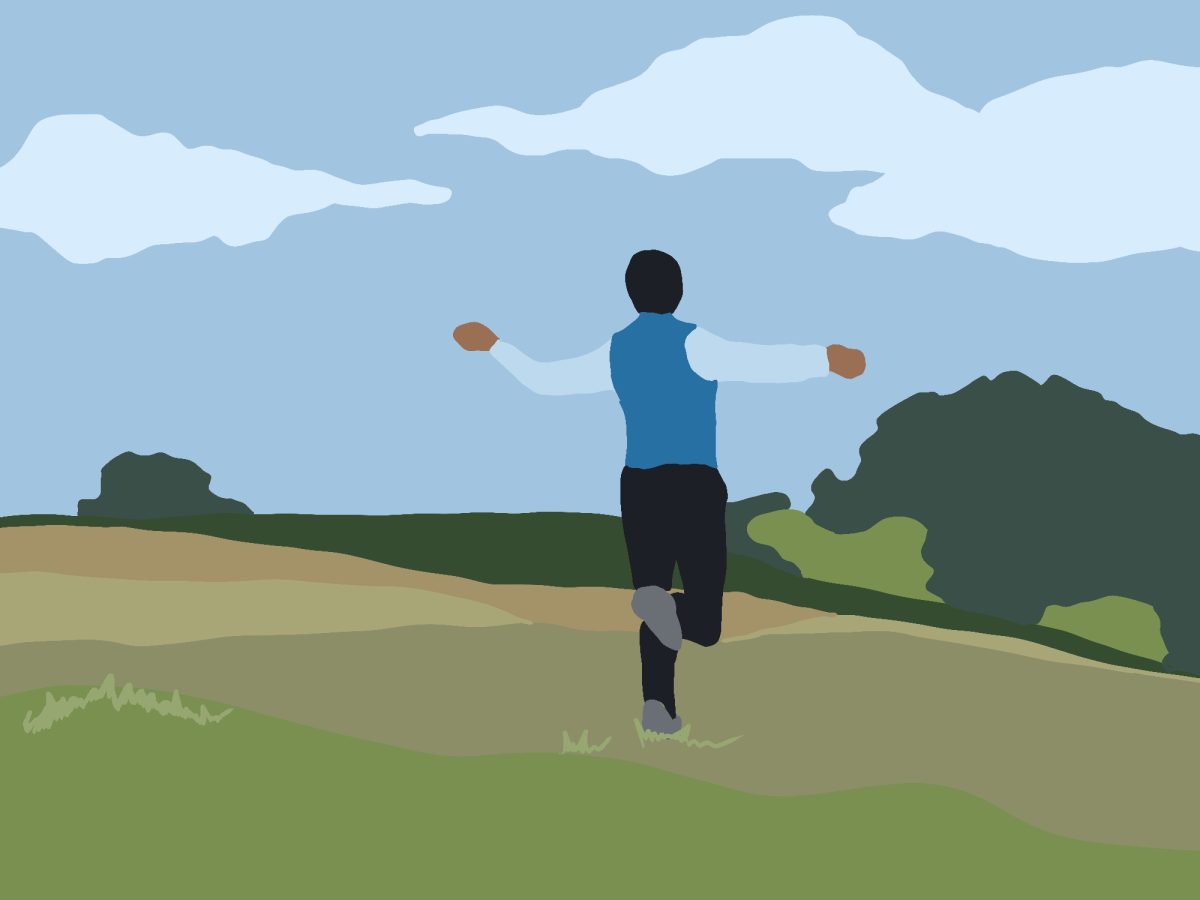Perhaps I never understood the stuffed animal craze because I grew up in a Hispanic household. Our version of stuffed animals was monogrammed blankets or gold necklaces — until one fateful mid-pandemic afternoon.

My best friend, who resides in Canada, had sent a package and I haphazardly opened it. I thought some crystals or homemade slime would be inside. To my surprise, I was met eye-to-eye with a green, medium-sized stuffed avocado named Austin. Little did my friend know, he would give me my childhood years back.
He stared back at me and sparked so many reflective questions with just his half-smile stitched on. Where had he been all my life? Was this what the exhilaration of receiving a stuffed animal felt like? Why hadn’t I grown up with that feeling?
I didn’t quite understand why I hadn’t grown up with the comfort of a stuffed bear or a bunny. My grandmother had always said that it had to do with allergies, but I’m starting to think it was more about the desire to not be so attached to something.
As a kid, all I would do was attach to things. I attached myself to my baby bottle, which I admittedly took about 10 years to stop using. I attached myself to my favorite pair of paisley overalls, which I wore until they frayed thin in the wash. And of course, I attached myself to just about any Disney character, which I still haven’t stopped watching — long live Hannah Montana.
Why was attachment dangerous, though? For all I know, it was my maternal family’s attempt at keeping my childhood blue-free, to feel anything but the sorrow of my father’s absence because, to him, I too would attach myself.
So, when I opened up that package from my best friend, a flood of what I was denied in my childhood came rushing through in the form of a cuddly companion. Austin became something I could hold in my sleep and bring everywhere I stayed the night. He would follow me through the pandemic and then my upcoming college years.
From that moment on, Austin and I were inseparable. He gave me a newfound sense of friendship and community as well, as my friends started collecting Squishmallow stuffies together.
The role-playing aspect of my childhood was ignited. All of a sudden, my friends and I started discussing the lives of our stuffed animals, just like we did with our Barbies and Bratz as kids.
The only difference between my Squishmallows and my childhood dolls is how the novelty remained, despite collecting more, and the sentimental quality.
You see, Squishmallows come with their own form of a birth certificate and a little card that includes their name and special interests — giving them an identity that I can build upon. This is something that most children do: give all Squishmallow products a sense of life. They largely helped forge my very own “Toy Story.”
And, in an ever changing world where I’m only getting older, the appeal of my Squishmallows only grows.
As silly as it sounds, Austin the green avocado has kept me grounded. He reminds me that as everything changes, he remains the same. He doesn’t have wrinkles formed from smile lines or hairs that gray. No losing sleep about what jobs are lined up after graduation or paying property taxes for him. Oh, and the heartbreak of a first love or losing a friend? He’s never heard of that.
He can just be who he is — easily and freely as I wish real life could be.
The truth is, my human body will go before his polyester filled-body does. He is still as young as the day I got him and there is so much appeal in that. He is a tangible piece of my childhood, or I guess what it would have been if I was allowed stuffed animals.
But enough about the past. When I don’t want to think about my next midterm or when I may experience heartbreak in the future, I can cuddle up with my Squishmallows and have a semblance of my inner child peak through.
To my friend in Canada, if you’re reading this, thank you. It was the best gift I could’ve asked for.






















































































































Ashley Acevedo • Mar 20, 2024 at 1:37 pm
Beautiful work! Very touching and intimate.